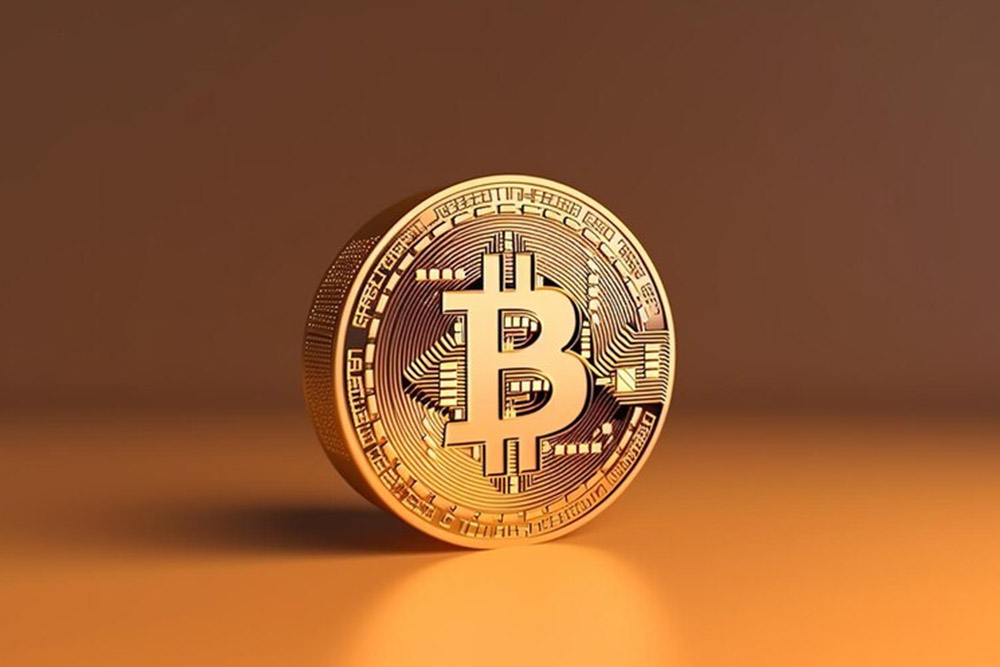As the world becomes more interconnected and digital, traditional assets are transforming, leading to the rise of a trillion-dollar opportunity: real-world asset tokenization. This paradigm shift can reshape industries, redefine investment strategies, and democratize access to previously exclusive markets.
The Transformational Power of Tokenization
Imagine a world where real-world assets—such as real estate properties, fine art, commodities, and even income streams—can be seamlessly converted into digital tokens securely stored on blockchain networks. This concept, known as tokenization, enables the fractional ownership of assets, making them accessible to a broader spectrum of investors, regardless of their financial standing. Tokenization bridges the gap between traditional and digital finance, bringing liquidity to previously illiquid assets.
Realizing Accessibility and Liquidity
Historically, investments in high-value assets like real estate required substantial capital, limiting participation to a privileged few. However, real-world asset tokenization democratizes access by allowing investors to purchase fractions of assets. This fractional ownership model not only democratizes investing but also enhances liquidity. Investors can buy or sell these tokens on secondary markets, providing an avenue to quickly realize their investments. This liquidity, previously unimaginable for assets like real estate, contributes to a dynamic and vibrant financial ecosystem.
Unlocking Global Investment Opportunities
Tokenization transcends geographical boundaries, offering a gateway to global investment opportunities. Previously, investing in foreign real estate or other assets involved intricate legal processes and substantial fees. With tokenization, investors can diversify their portfolios by owning fractions of assets worldwide. This unprecedented accessibility to international markets has the potential to reshape investment strategies and enable individuals to participate in markets that were once out of reach.
Enhancing Transparency and Security
Blockchain technology, the backbone of tokenization, introduces unparalleled transparency and security. Every tokenized transaction is recorded on an immutable ledger, ensuring a tamper-proof record of ownership and transactions.
Therefore, transparency reduces the risk of fraud and gives investors a higher confidence level. Additionally, smart contracts—self-executing agreements coded into tokens—automate processes such as dividend distribution and ensure that the terms of ownership are upheld without intermediaries.
Challenges and Considerations
While the promise of real-world asset tokenization is immense, challenges remain. Regulatory frameworks need to evolve to accommodate this innovative approach to investing. However, striking a balance between investor protection and innovation will be crucial. Additionally, ensuring the interoperability of different blockchain networks and establishing industry standards are essential steps for the growth of tokenization.
The Road Ahead
The trillion-dollar crypto opportunity real-world asset tokenization presents is a transformative force that could reshape finance, investments, and ownership models. Therefore, as blockchain technology continues to mature and regulatory landscapes adapt, the potential of tokenization is poised to become a reality. It can unlock liquidity, democratize access, and enable the global population to own valuable assets. The journey ahead will be marked by collaboration between technology innovators, financial experts, and regulatory bodies, all working together to harness the full potential of real-world asset tokenization.

